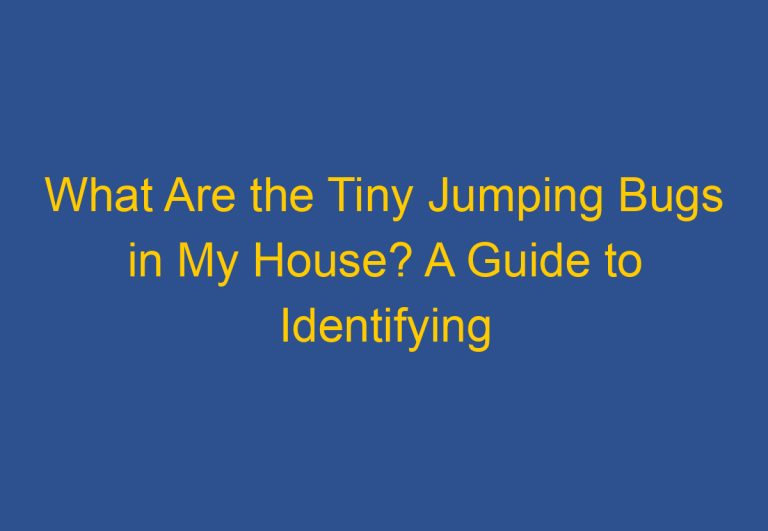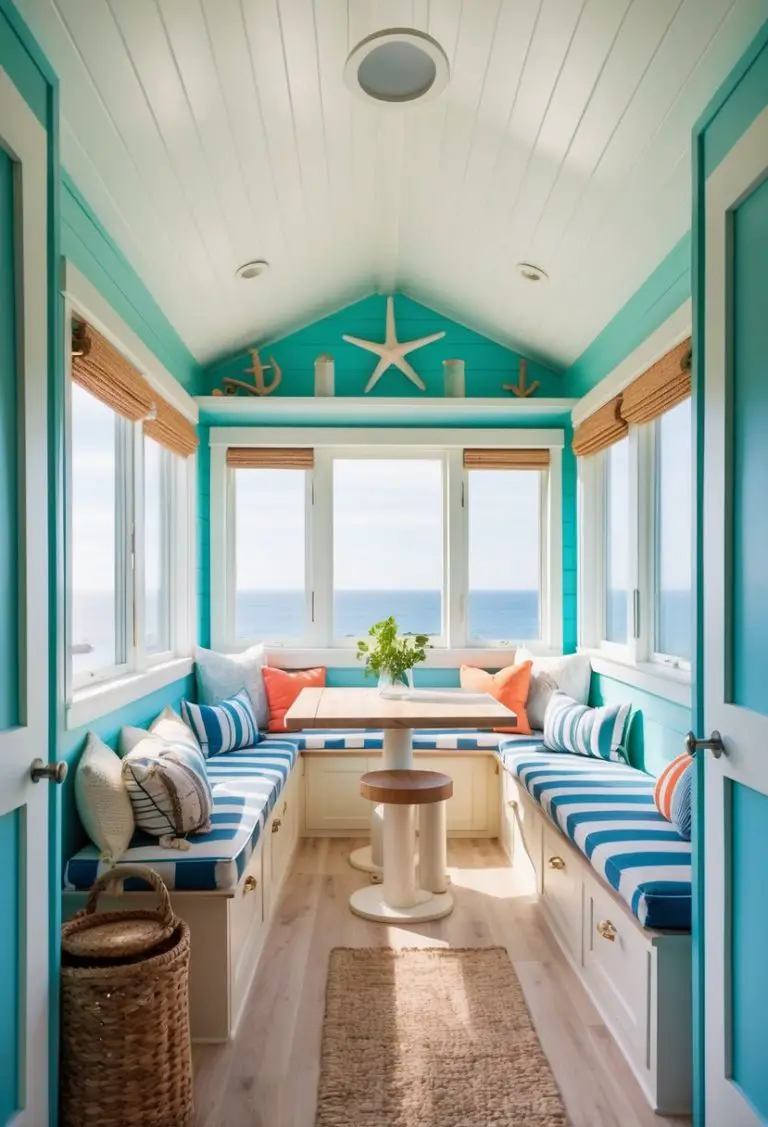Can I Build a Tiny House in My Backyard? A Guide to Zoning Laws and Regulations
Building a tiny house in your backyard can be an attractive option for many homeowners. Whether it is to create additional living space, a guest house, or a rental unit, tiny houses offer a unique and affordable solution. However, the question remains: can you legally build a tiny house in your backyard?
The answer is not a simple yes or no. It depends on various factors such as the size of the tiny house, local zoning laws, building codes, and other regulations. In general, most jurisdictions permit tiny houses under residential zoning ordinances, but homeowners will need to obtain building permits and comply with safety standards. It is important to note that the International Code Council’s standards apply to tiny houses as well, and homeowners must ensure that their tiny house meets these standards.
Understanding Zoning and Building Regulations
When it comes to building a tiny house in your backyard, it’s important to understand the zoning and building regulations in your area. Zoning laws and building codes can vary greatly from one location to another, so it’s essential to do your research before starting any construction.
Zoning Laws and Tiny Houses
Zoning laws are regulations that govern how land is used in a particular area. These laws can have a significant impact on whether or not you can build a tiny house in your backyard. Some areas have specific zoning regulations that allow for tiny homes, while others may prohibit them altogether. It’s crucial to check with your local planning department to determine whether or not your property is zoned appropriately for a tiny house.
Building Codes and Safety Standards
Building codes and safety standards are in place to ensure that all structures are built safely and to a certain standard. Local building codes may have specific requirements for tiny houses, including size and safety features. It’s essential to research the local building codes in your area and ensure that your tiny house meets all necessary requirements.
Permits and Legal Requirements
Building a tiny house in your backyard will require permits and legal requirements. The process for obtaining a building permit can vary depending on your location, but it’s essential to follow all necessary steps to ensure that your tiny house is legal and safe. Failure to obtain the necessary permits can result in fines or legal action.
It’s important to note that zoning regulations, building codes, and legal requirements can be complex and vary greatly depending on your location. It’s crucial to do your research and consult with professionals to ensure that your tiny house is built safely and legally.
Planning and Constructing Your Tiny House
When it comes to building a tiny house in your backyard, there are several considerations to keep in mind. From design considerations and size restrictions to foundation and mobility options, and utilities and living essentials, it’s important to plan and construct your tiny house carefully.
Design Considerations and Size Restrictions
Before you start building your tiny house, you need to consider the design and size restrictions. Depending on the state and city you live in, there may be specific regulations that you need to follow. For example, in Virginia, your tiny house must have square footage between 120 and 400 square feet, and the minimum height of the habitable rooms must be at least 6’8″. In Illinois, the total square footage of your tiny house cannot exceed 400 square feet, and the square feet for a tiny house to be considered a legal dwelling is 150 square feet.
Foundation and Mobility Options
Another important consideration is the foundation and mobility options for your tiny house. You can build your tiny house on a permanent foundation or on wheels. Building on a permanent foundation allows you to connect to utilities like sewage and electricity, while building on wheels gives you the flexibility to travel and move your tiny house around. However, building on wheels may have different regulations and requirements.
Utilities and Living Essentials
When it comes to utilities and living essentials, you need to consider plumbing, electricity, and ventilation. You’ll also need to make sure your tiny house has a kitchen, bathroom, and living space that meets your needs. Depending on the size of your tiny house, you may need to consider using space-saving solutions like stairs instead of a ladder, or a separate bathroom and shower.
Overall, planning and constructing your tiny house requires careful consideration of design, foundation, and utilities. By following regulations and taking the time to plan your tiny house, you can create a comfortable and functional living space in your backyard.
Frequently Asked Questions
What are the zoning regulations for constructing a tiny house on residential property?
Zoning regulations vary by state and city, so it’s important to check with your local government to determine what is allowed in your area. In general, most residential properties are zoned for single-family homes, which means that adding a tiny house to your backyard may require a special permit or variance. Some areas may also have minimum size requirements for residential structures, which could impact your ability to build a tiny house.
How do I obtain a building permit for a tiny house in my backyard?
To obtain a building permit for a tiny house in your backyard, you will need to submit plans and specifications for your structure to your local building department. The department will review your plans to ensure that they meet all applicable building codes and zoning regulations. Once your plans are approved, you will be issued a permit to begin construction.
Are there any specific building codes for tiny houses in California?
California has adopted the International Residential Code (IRC), which provides guidelines for the construction of residential structures, including tiny houses. However, the IRC does not specifically address tiny houses, so it’s important to work with your local building department to ensure that your plans meet all applicable codes and regulations.
What is the maximum size allowed for a tiny house on a residential lot?
The maximum size allowed for a tiny house on a residential lot will depend on your local zoning regulations. In general, most areas allow structures up to 400 square feet, but some areas may have smaller or larger size limits. It’s important to check with your local government to determine what is allowed in your area.
Can I live in a tiny house on my property legally in California?
Living in a tiny house on your property is legal in California, but there are certain requirements that must be met. Your tiny house must meet all applicable building codes and zoning regulations, and you must obtain any necessary permits before moving in. Additionally, you may need to connect your tiny house to utilities and obtain a certificate of occupancy before you can legally occupy the structure.
What are the cost estimates for constructing a tiny house in a backyard?
The cost of constructing a tiny house in your backyard will depend on a variety of factors, including the size of the structure, the materials used, and the complexity of the design. In general, most tiny houses cost between $20,000 and $50,000 to build, but costs can vary widely depending on your specific needs and requirements. It’s important to work with a qualified contractor to develop a budget and plan for your project.










